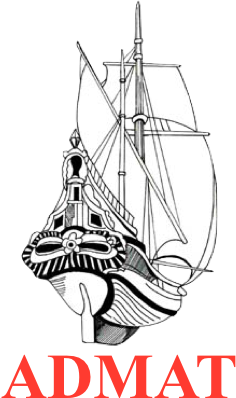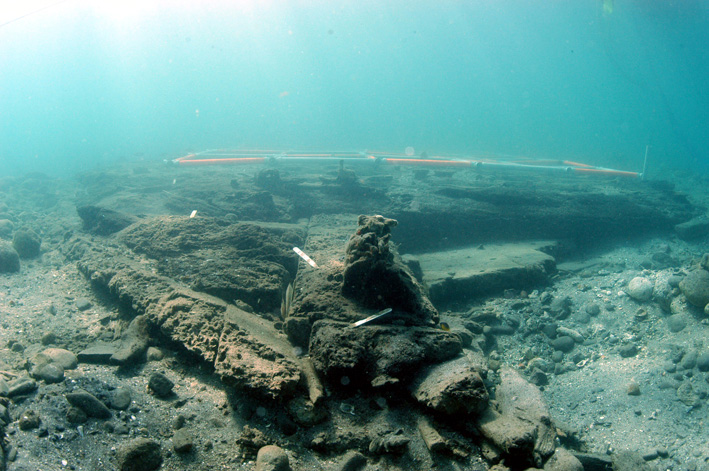ADMAT's St Kitts Maritime Archaeological Project 2003
Phase 1 White House Bay Wreck
Diving and Underwater Pictures. Page 9
Archaeological Survey And Excavation Continues On The Wreck Site
Featured
Featured






















